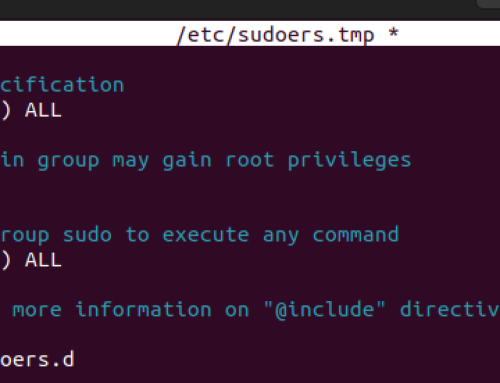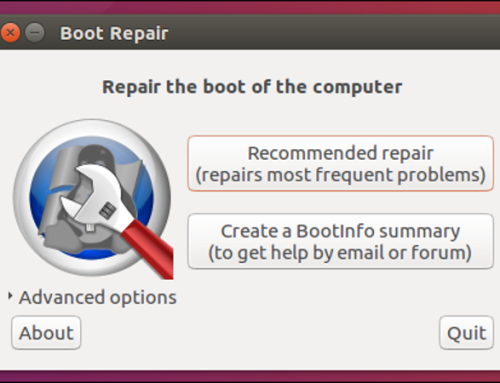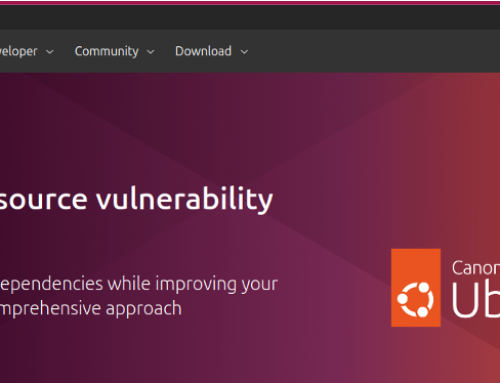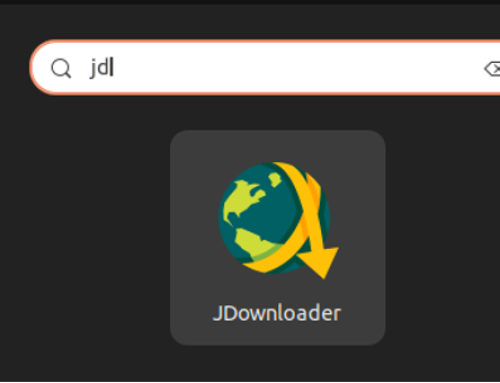For someone transitioning to Linux, a common concern arises on what distro to go with. Linux has numerous free and open-source distributions, and it gets confusing which to start with. The Linux kernel runs on different distributions, and a quick online search will show numerous installation options.
However, if you are unsure where to start your Linux journey, this post has shared the 10 top most popular Linux distributions in 2024. We’ve discussed each listed distribution and its features to ensure you understand them and can make your choice comfortably.
Here are the Linux distributions you should try.
1) Ubuntu
You can’t have a listicle of Linux distributions without mentioning Ubuntu. It is the best Linux distro for development, especially since it supports over 60,000 packages. Besides, Ubuntu has a large community, which guarantees you can get community support whenever you have any issues.

2) Fedora
Fedora is available as a desktop version, a server version, and as a cloud image. Moreover, it has an ARM-based version for headless servers. Fedora is respected for having the newest packages integrated into it.

Moreover, it is the foundation for other releases, including CentOS and RHEL. Fedora uses the Gnome interface as its default and is an excellent option for anyone who prefers working with an RPM-based system that supports the latest technologies and software. Fedora is sponsored by Red Hat and is maintained as part of the Fedora Project.
3) MX Linux
It is a mid-weight option that runs out of the box and is based on Debian. With MX Linux, you will enjoy stability and room to install Linux packages from multiple sources, including Flatpaks and Debian Backports. Although it uses the XFCE desktop environment, it supports other desktop environments like KDE and Fluxbox.

MX Linux offers high performance in a resource-constrained environment and has numerous MX Tools for quick system management. Moreover, its system tools offer room for enhanced customization.
4) Linux Mint
Mint is built to give users efficiency for everyday tasks. It runs on Debian and Ubuntu projects and works with x86 and x64 platforms. It offers customizable desktop environments; you can select the default option when installing it. Popular options include Cinnamon, Xfce, and Mate. You can test them and see which is elegant and works best for your case.

Mint uses the Ubuntu repository software, but the key attraction to Linux Mint is its seamless support for media codecs. Moreover, Linux Mint has an elegant look, and the intuitive interface, especially with its Cinnamon desktop environment, appeals to every user.
5) Debian
Debian is widely referred to as the “universal operating system” because of its stability. Many use it as a substitute for Ubuntu, and it runs on different devices, such as PCs, laptops, and network systems.

Although Debian has existed since 1993, it still gives the latest package versions, and it comes with popular options, such as VLC media player, LibreOffice, Firefox, GIMP, etc. Debian has a flexible installer, and its long-term assistance guarantees reliability.
6) Manjaro
Manjaro gives users control of their privacy and their hardware.
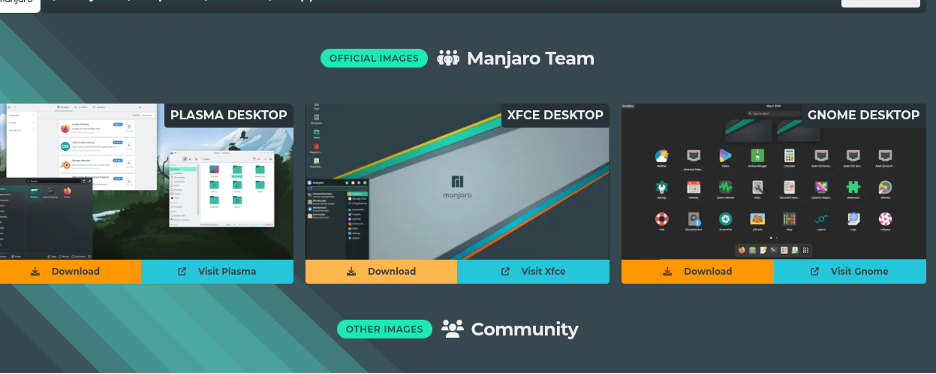
You can run it on mobile, PC, tablets, etc. Besides, you can quickly deploy it on virtual machines and work well with containers like docker. Installing Manjaro is easy, and it offers high performance without compromising security.
7) RHEL
Red Hat Enterprise Linux is a stable, secure, and powerful Linux distro available on IoT and cloud platforms. It is ideal for managing large data and data containers and for visualization needs. Besides, it comes with Red Hat software management, visualization, and automation integrations.
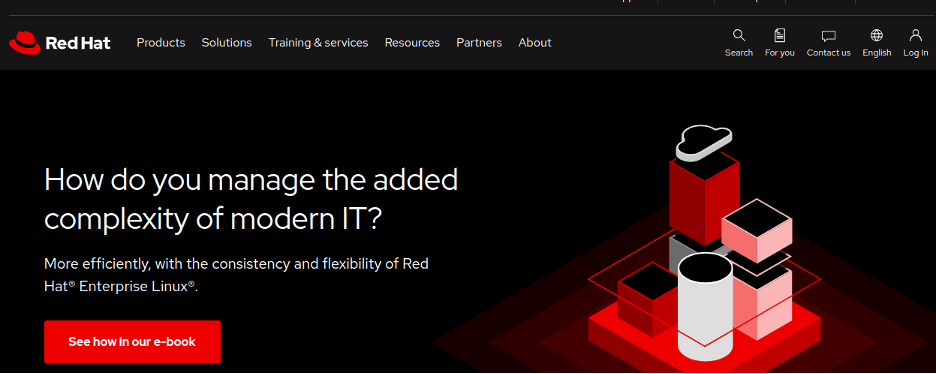
With RHEL, you will get bug fixes, security patches, and other updates without restarting your system. Most of the features on RHEL are paid for, but the deployment and development options it offers make its subscriptions worthwhile.
8) Elementary OS
It is based on Ubuntu and offers a simple and elegant user interface courtesy of its Pantheon desktop environment. Elementary OS comes with most of the everyday apps you need, and its design accommodates new users with no learning required.
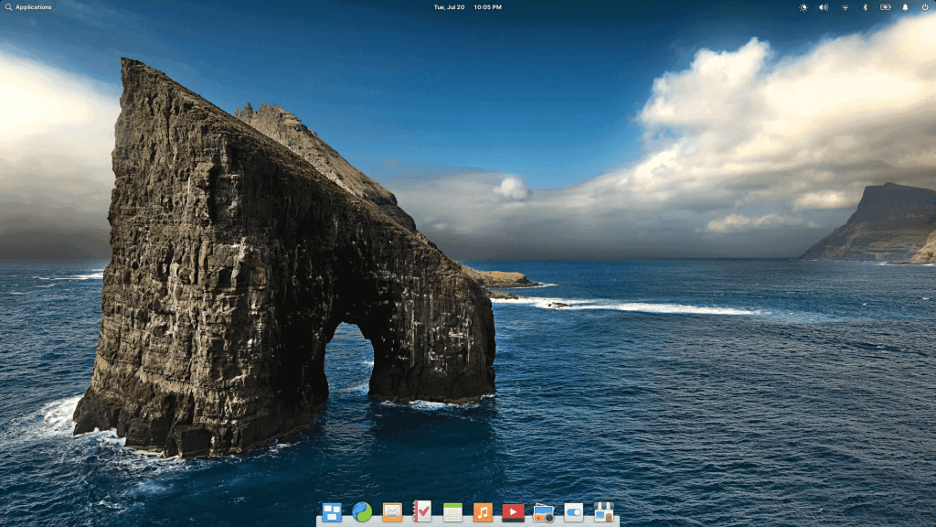
It has basic GNOME-based apps, and you can find more apps from its AppCenter app, which is the central repository for Elementary OS. You will appreciate its multitasking view, displaying all running tasks in separate windows to enhance your focus and productivity. Moreover, it offers Do-not-Discturb and picture-in-picture options, all to enhance your experience and productivity.
9) Zorin OS
Anyone who uses Zorin appreciates how it feels like a smooth transition from Windows. Zorin runs on Ubuntu but supports Windows software through Wine and PlayOnLinux. Both are preinstalled to ensure you can comfortably run Windows applications.
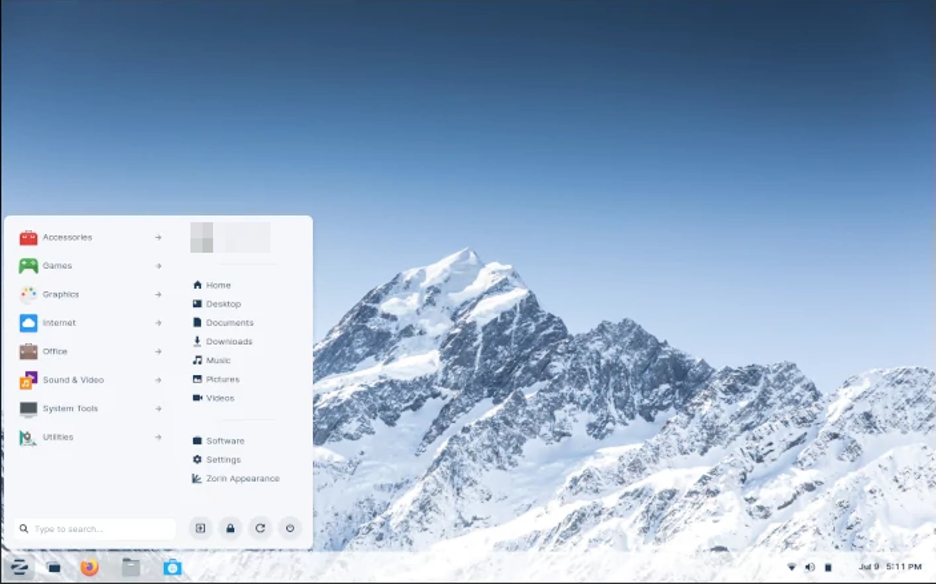
New users need no learning to start using Zorin OS, and its design ensures you maximize your computer to make it run faster, more securely, and with more power. Zorin utilizes advanced Linux security features and has low system requirements to install it. Therefore, installing Zorin OS is the best option if you have an old PC and want to use it.
10) Open SUSE
It is a versatile Linux distro available in two versions: a stable release (OpenSUSE Leap) and a rolling release (OpenSUSE Tumbleweed).
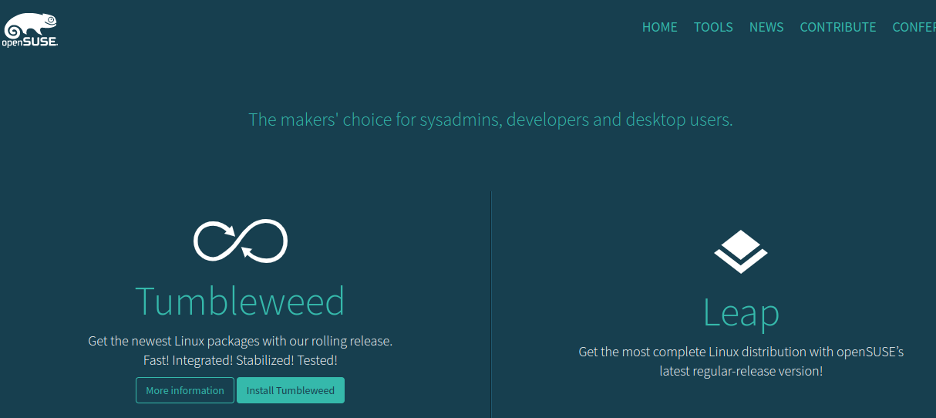
OpenSUSE is based on SUSE enterprise and is designed for professional use. It is designed as a robust and secure operating system and achieves its goal of being a stable distribution.
Conclusion
This post has presented the 10 most popular Linux distributions worth considering in 2024. Each distro has features, making it an ideal choice depending on your needs and preferences. Go through each, see what it offers, then decide which to use.

